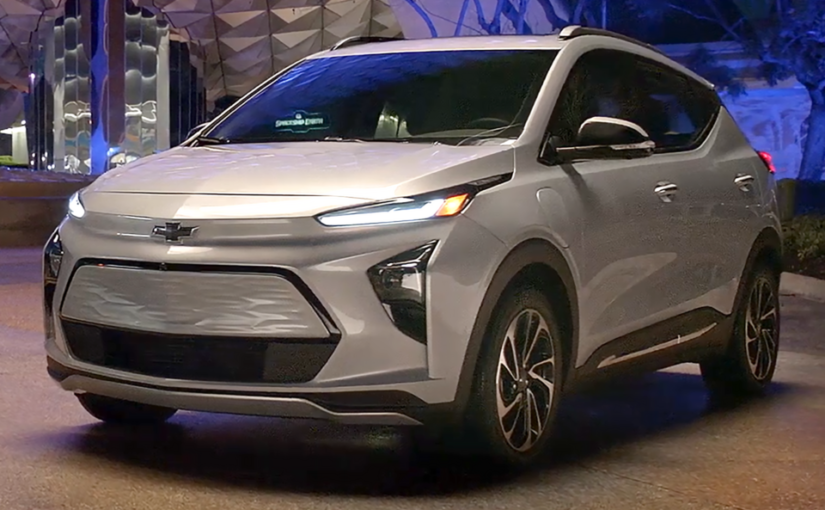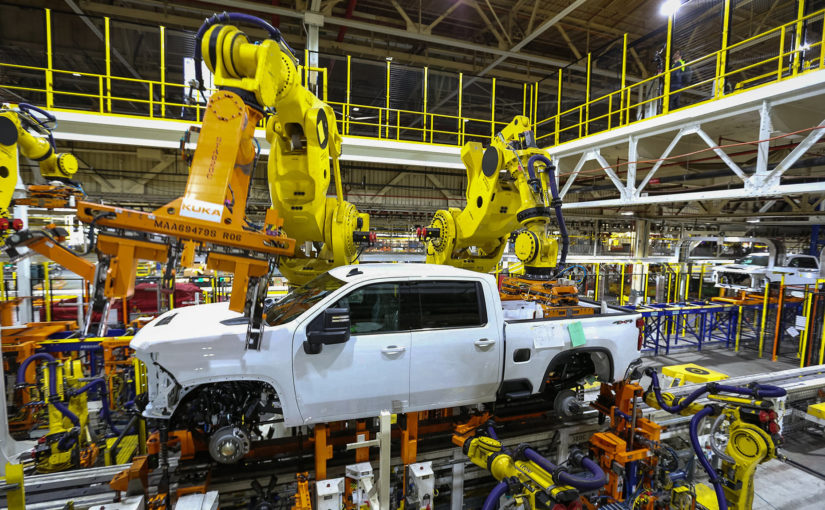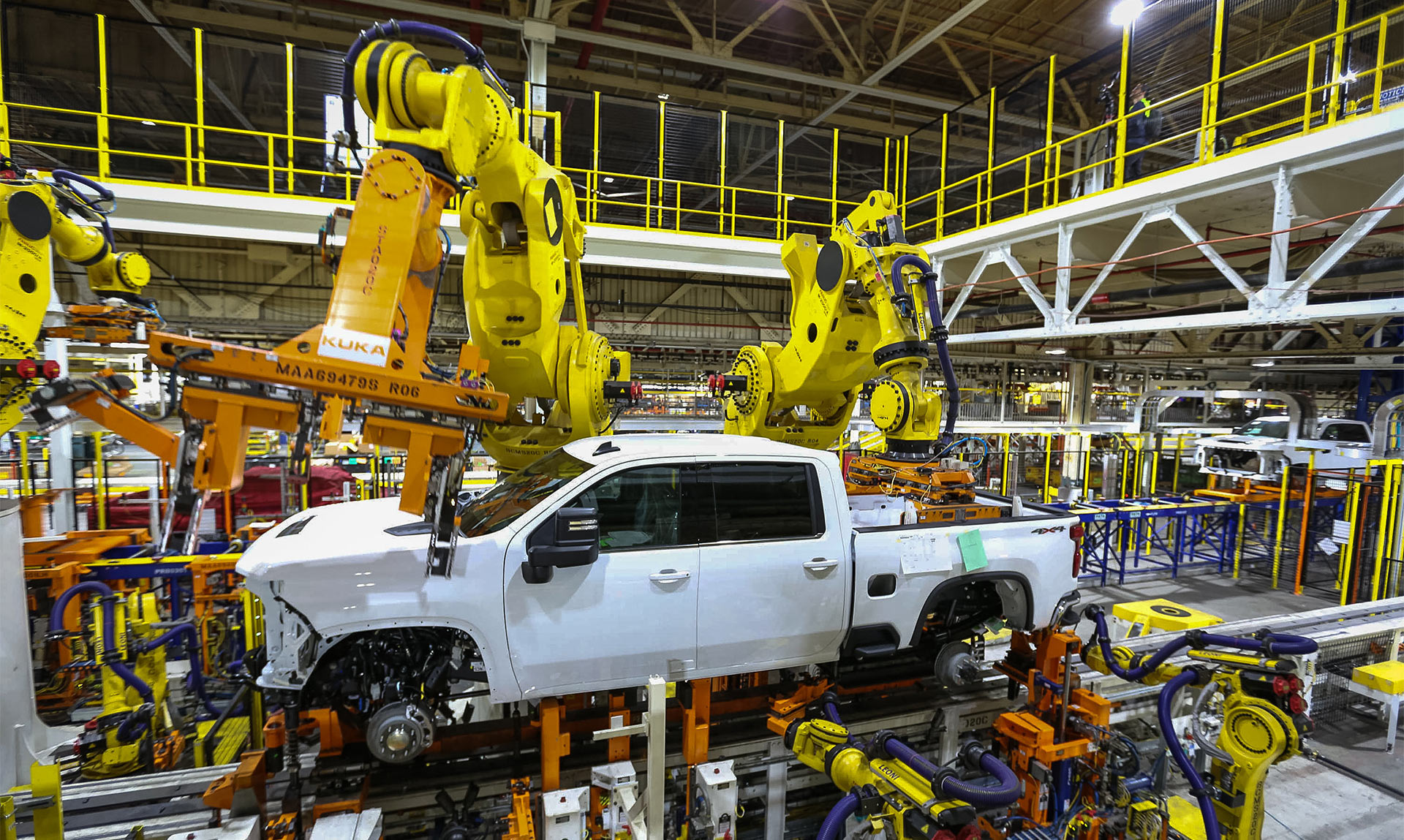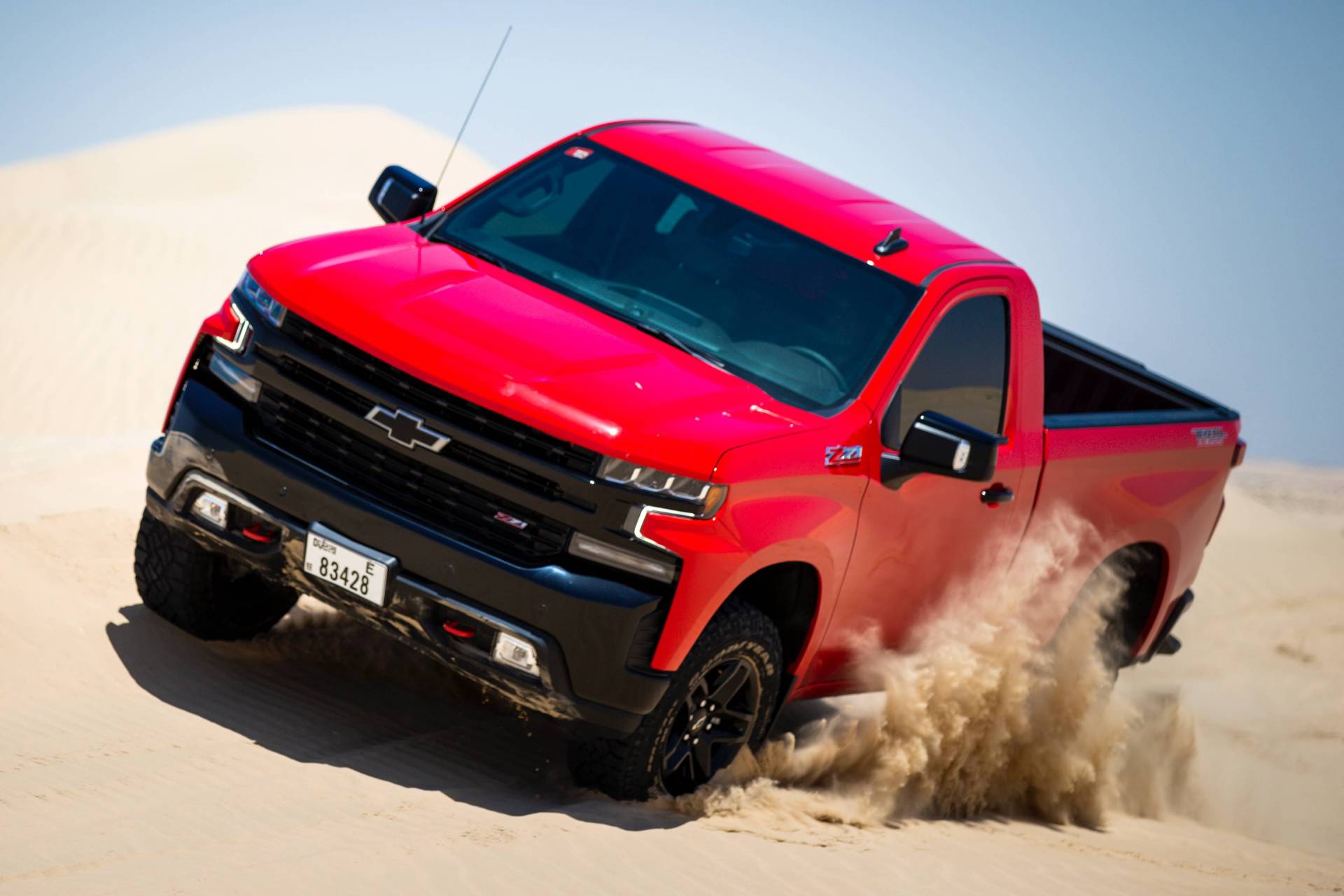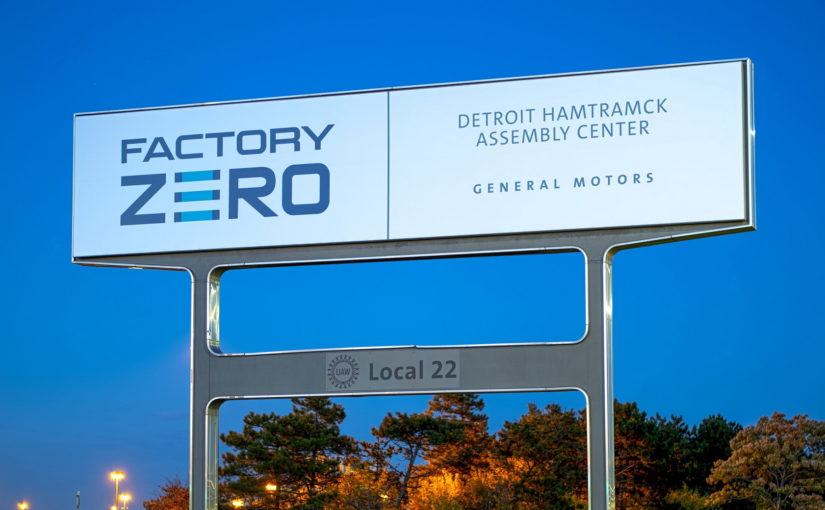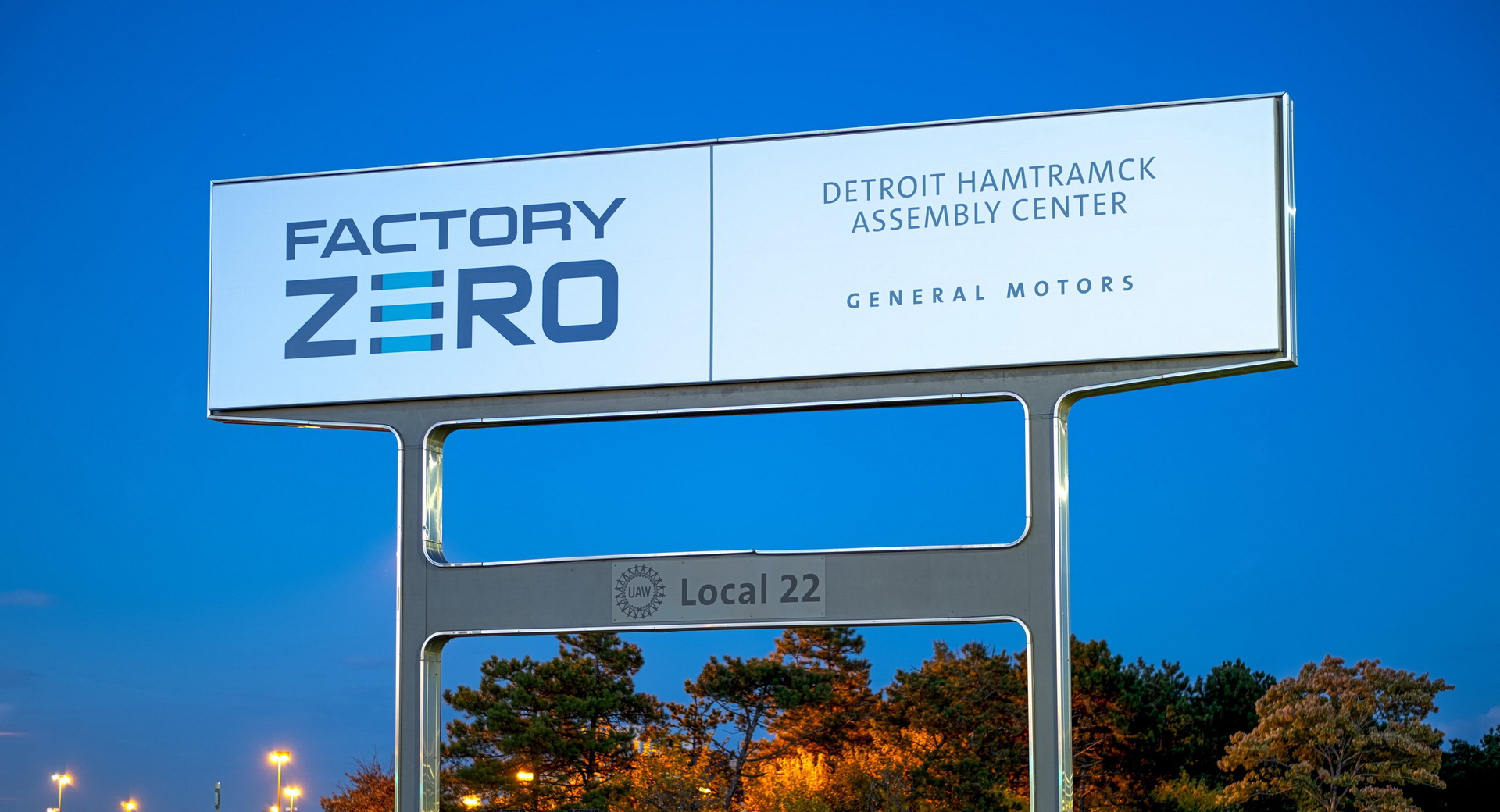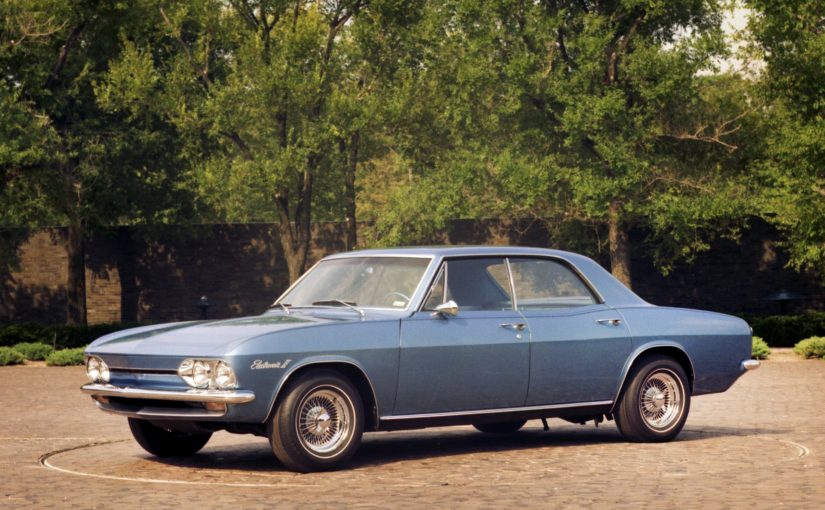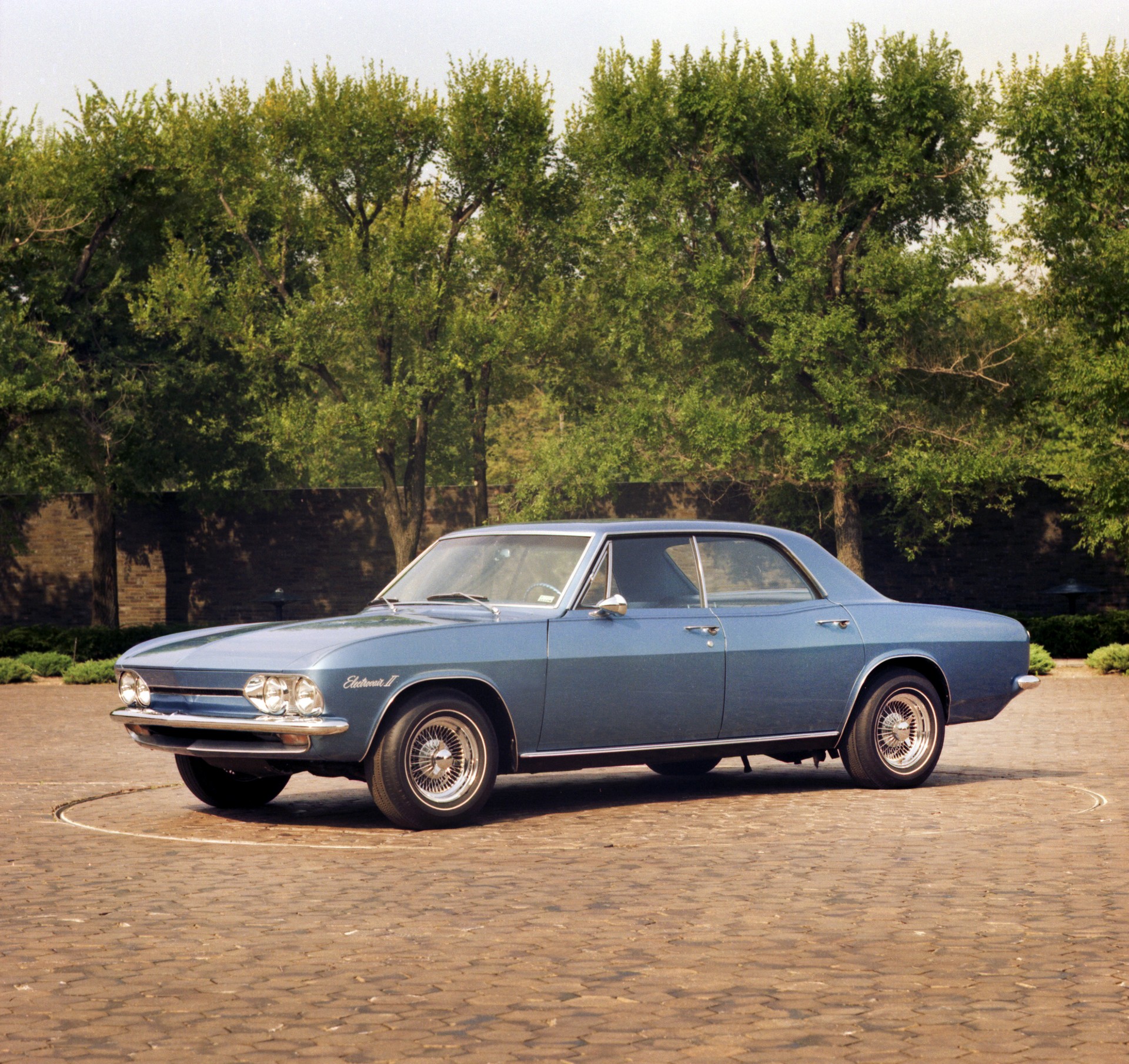Every Chevy Bolt ever made dating to 2017 has now been recalled after 73,000 vehicles were added to the list because of potentially defective battery modules.
The latest recall includes 73,000 vehicles in the U.S. and Canada from 2019 through 2022 model years, including the recently launched larger version called the Bolt EUV.


With the previous recall involving about 69,000 cars globally, including nearly 51,000 in the U.S., the recall expansion is expected to cost the automaker an additional $1 billion. It brings the recall’s total to $1.8 billion.
Both issues are related to the same two potential battery defects, stemming from reports of fires when Bolt EV vehicles had been plugged in and or recently charged to full.
The Bolt EV and EUV models use cells made by LG Chem in South Korea through mid-2019, and then Holland, Michigan from mid-2019 on. GM previously said the so-called “design level N2.1” made in Michigan were unaffected. It hasn’t disclosed whether it’s aware of instances of fire with newer cells.
As a result of Bolt models produced under recall, the future of GM to expand to exclusive selling only electric vehicle 2035 may be in question.
It also adds to billions of dollars in problems for new EVs amid the Biden administration’s push for 50% of all new cars sold to be electric vehicles by 2030.
Chevy Bolt: Recall Saturation
GM said it is pursuing reimbursement commitments from EV battery supplier LG Energy Solution, which produced the defective parts in plants in South Korea and Michigan. Parts from the U.S. plant were previously not involved in the recall.
The automaker plans to replace the vehicle’s costly battery cell modules. GM also said it is working with LG to rectify the cause of the defects and increase production of the new modules.
“Our focus on safety and doing the right thing for our customers guides every decision we make at GM,” Doug Parks, a GM executive vice president who oversees products, purchasing and supply chains, said in a release. “As leaders in the transition to an all-electric future, we know that building and maintaining trust is critical. GM customers can be confident in our commitment to taking the steps to ensure the safety of these vehicles.”
The expansion follows the companies finding that the batteries for these vehicles may have two manufacturing defects — a torn anode tab and folded separator — present in the same battery cell, which increases the risk of fire.
GM has confirmed one fire in the new population of recalled vehicles. That’s in addition to at least nine previous confirmed fires in the first round of vehicles that were recalled. It also said it will notify customers when replacement parts are ready.
In the meantime, GM is asking affected Bolt EV owners to set their vehicles to a 90 percent state of charge limitation using Hilltop Reserve mode (for 2017-2018 model years) or Target Charge Level (for 2019 model year) mode.
GM also is asking owners to avoid depleting their battery below approximately 70 miles of remaining range and, as it advised last week, continue to not park their vehicles inside or charge them unattended overnight “out of an abundance of caution.”
The Bolt electric vehicle is larger than the Volt, its predecessor and shares its hatchback body style. Batteries from LG Chem would give the car a range of 200 miles on a single charge. The powertrain would be derived from the one in the tiny Chevrolet Spark EV sold in California and Oregon.
GM says owners with questions should visit www.chevy.com/boltevrecall, contact its Chevrolet EV helpline at 1-833-EVCHEVY or contact their preferred Chevrolet EV dealer.
RELATED CONTENT
Chevy Bolt set for nationwide debut in August
GM ready to jolt Tesla with new Chevy Bolt
For GREAT deals on a new or used Nissan check out Nissan of Orangeburg TODAY!
